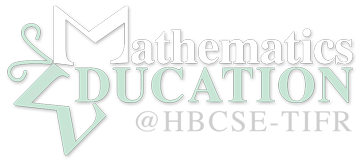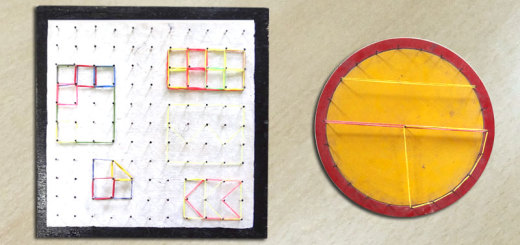Surface Area and Volume
Material Required: Eight or more wooden or plastic cubes or alternatively chart paper from which cubes can be made.
In the school curriculum students are introduced to solid geometry through the topic of mensuration. They need to compute the surface area and volume of a number of regular solids.Often students have not fully grasped these concepts of surface area and volume or appreciated the difference between the two. In this activity students compare the surface area and volume of shapes formed by piling identical cubes in different ways. The activity can also extended to explore spatial relationships using the cubes.
For this activity we need eight or more identical cubes of side 1 cm (or 1 inch or of suitable side taken to be 1 unit). The volume of each cube is then one cubic cm. (or one cubic unit). The surface area of each cube is one square cm. (or one square unit) and the total surface area as 6×1 = 6 sq.cm. (or 6 sq units). If wooden or plastic cubes not available, the cubes can be made from chart paper or from a thin block of soft wood. If chart paper is used, one can make cubes of five sides, with one side open which are easy to make. Five sided-cubes are sufficient for the activity.
The following activities may be done with the cubes:
- Ask the students to first find out the total volume and area of all the right cubes.
- Give the students five cubes and ask them to arrange in all possible ways. The cubes must be arranged so that when two cubes make contact, the faces in contact must completely cover each other. For each arrangement let them find the surface area and volume.
- Repeat this activity with 6, 7 and 8 cubes. Find each time the surface area and volume.
- While making each of the arrangements with the cubes the students can be asked to project the plan and the elevations from different sides of the solid figure.
- Given the two dimensional drawings of the plan and elevation, other students can be asked to build up the arrangements using the cubes.


